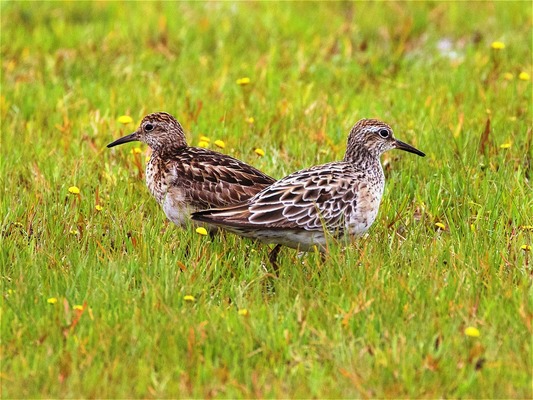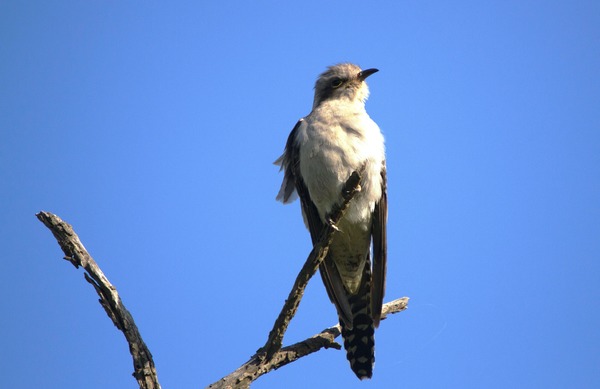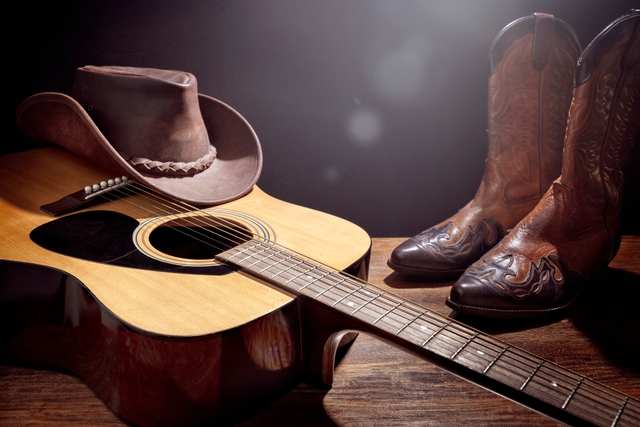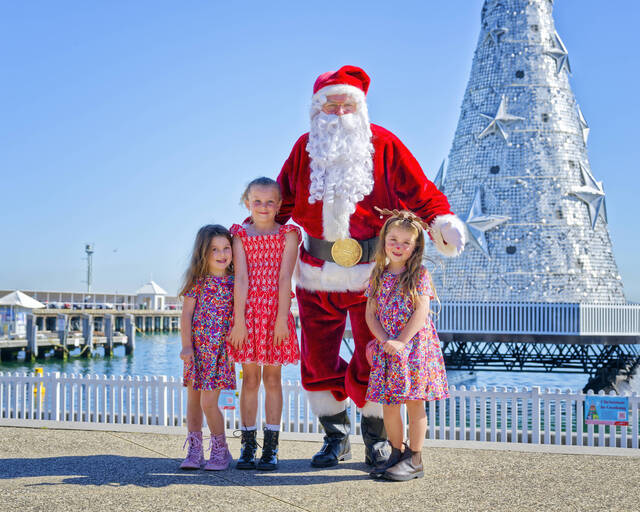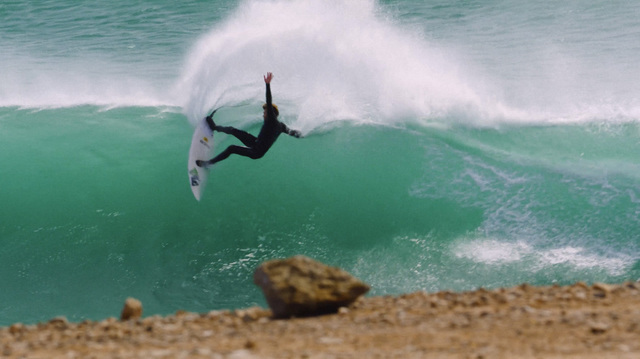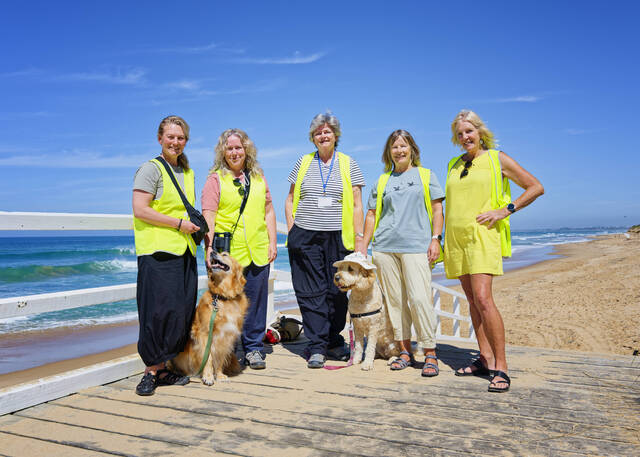The wet and dull spring weather has continued.
I’ve never seen so much water in places like Yarram Creek and Freshwater Lake. It’s great for the birds and the mosquitoes that there’s so much water, just not very pleasant for getting out and about with the camera.
There’s been so much to see despite the rain, I hardly know where to start.
I had one trip to Western Treatment Plant, but alas reached the destination without the gate key, which I had left at home in my jacket pocket. Duh. I drove to Kirk Point to see if there were any waders around, and I did see a few hundred red-necked stints. The highlight of my days was observing a magnificent spotted harrier flying over the canola fields on Point Wilson Road. I didn’t manage a decent photo, but seeing a spotted harrier is always wonderful.
Speaking of migratory waders, I did spot a few sharp-tailed sandpipers at Western Treatment Plant, but Kevin saw a pair of these birds at Anglesea during the week and sent me his fabulous photo. Thanks so much Kevin.
I went to the Ocean Grove Nature Reserve with a group from the Clifton Springs Gardening Group, who are keen to learn more about the birds around this region. We just avoided some pretty torrential rain, but did manage a decent walk where we spotted 23 species, including a Horsfield’s bronze cuckoo and fan-tailed cuckoo. The next day I drove to my favorite spot in Curlewis, where I went cuckoo again, and saw a pallid cuckoo sitting in a bare tree. The days after that I popped into Hospital Swamp, Connewarre, and saw two Horsfield’s bronze-cuckoos and three pallid cuckoos.
The pallid cuckoo is a large, slender cuckoo, which is identified by its grey plumage, which is darker on the wings and back. It has a barred black and white undertail. The bill is brown, the legs and feet are grey-brown, and there is a bright yellow ring around the eye. Like other cuckoos, the pallid cuckoo lays its eggs in the nests of honeyeaters, woodswallows, whistlers and flycatchers. It’s no coincidence that the cuckoos were seen in areas where there are many other small species of birds, preparing for the spring breeding season. The female pallid cuckoo removes one of the smaller bird’s eggs from their nest, and replaces it with one of her own. Speaking of little birds, I’ve also seen some beautiful little male superb fairy-wrens molting into breeding plumage, which certainly makes for some lovely photo opportunities, which will be even better when the sun finally shines
I’ve seen a few other nests lately, including a red wattlebird, tawny frogmouth, magpie lark, and many black swan nests. The best swan nest I spotted was in Breamlea, where last year’s nest has been built up so much that it looked comfy enough to jump in for a sleep.
At the end of my street in Ocean Grove there’s a family of Australian wood ducks with an even dozen ducklings. I’ve watched the parent birds closely and they are just so alert and aware of any danger, and they have to be, as many people let their dogs off leads in that area.
I did spot a lovely male eastern spinebill in one of my neighbour’s gardens, which was a lovely sight!
The masked lapwings that nest at the end of my street every year are interesting to watch. There were two tiny lapwing chicks in the spare block before I went to Darwin, and I can only see one rather large chick now. The mother bird has been sitting on another scrape/nest for the last few weeks, before the surviving chick has even learned to fly, so the father bird has been working over time protecting the young bird.
It’s a great time of year to go birdwatching, so if you are interested in some organised activities you can access the calendar of events organised by Bellarine Birdlife at www.birdlife.org.au/locations/birdlife-bellarine-peninsula
Lets hope that the mighty Cats beat those pesky Crows.
– Jen Carr, jennifer.carr6@bigpond.com
Slow, soggy start to spring

Digital Editions

-
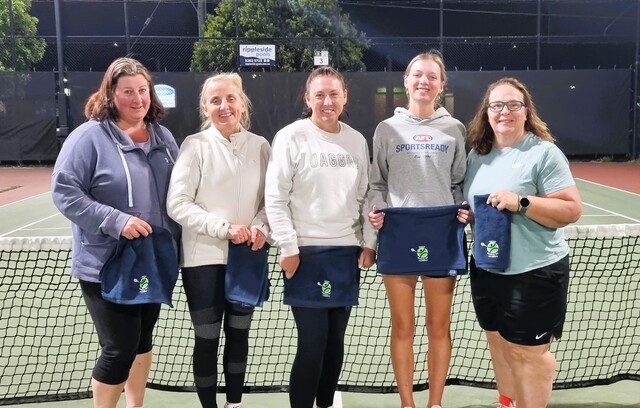
Rust-eze claims Monday Women’s Section 1 title
It was grand-final week for Monday Women’s Section 1, which had been close at the top of the table all season. With a bye thrown…

